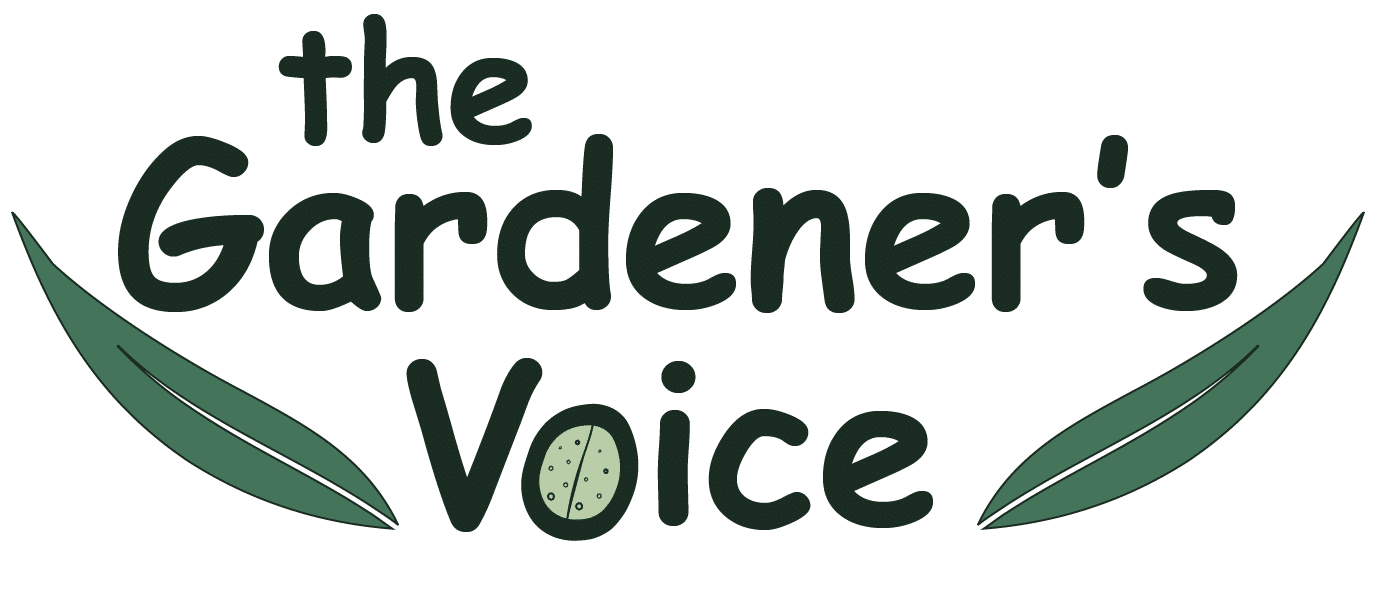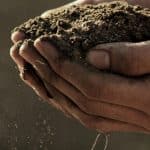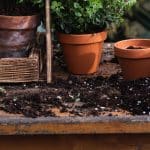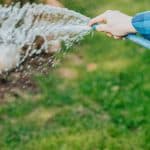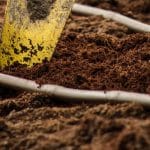Table of Contents
When it comes to feeding our green buddies, having the right knowledge about plant fertilizers and the nutrients that plants need is like holding the key to a lush, green kingdom. Often, folks get confused between plant food and fertilizers, but they are actually two different mechanisms that contribute to the health and growth of plants.
Remember folks, fertilizer is not plant food, but it’s like a multivitamin to supplement the diet, helping the soil provide plant nutrients when they’re running low.
Before you start applying fertilizer, understanding soil additives is crucial. Just as you wouldn’t pour a whole jug of milk into a single bowl of cereal, you need to be careful with how much fertilizer you’re putting in.
Adding too much could lead to fertilizer burn, damaging your precious plants rather than helping them. It’s about knowing what your plants need – much like keeping a pet.
Plant Food vs Fertilizer
Now, when it comes to plant food and fertilizer, it’s about understanding the difference and knowing the essentials. It’s much like learning the basics of driving before you take a Ferrari out on the freeway during rush hour.
During the growing season, plants need various essential nutrients that are absorbed through the plant roots. All these nutrients huddle together to form an all-star team that helps your indoor plants grow. Just like a football team needs great players in various positions, plants need a mix of micronutrients and macronutrients, all at the right pH levels.
What Is Plant Food and Fertilizer?
Plant food is energy created by the plants themselves. They’re kind of like mini solar panels, drawing in sunlight and converting it into energy, with water and carbon dioxide as their associates.
For plants to grow healthy, they need the right ingredients – these are the nutrients they draw from the soil. It’s Mother Nature’s way of catering to her green babies.
Now, about fertilizers. Compared to plant food, fertilizers are like the spicy buffalo wings at the side of the main course – they add that extra zing! They’re usually synthetic fertilizers made from chemical nutrients. You’ve probably seen stuff like “high in nitrogen” or “packed with phosphate” on the bags.
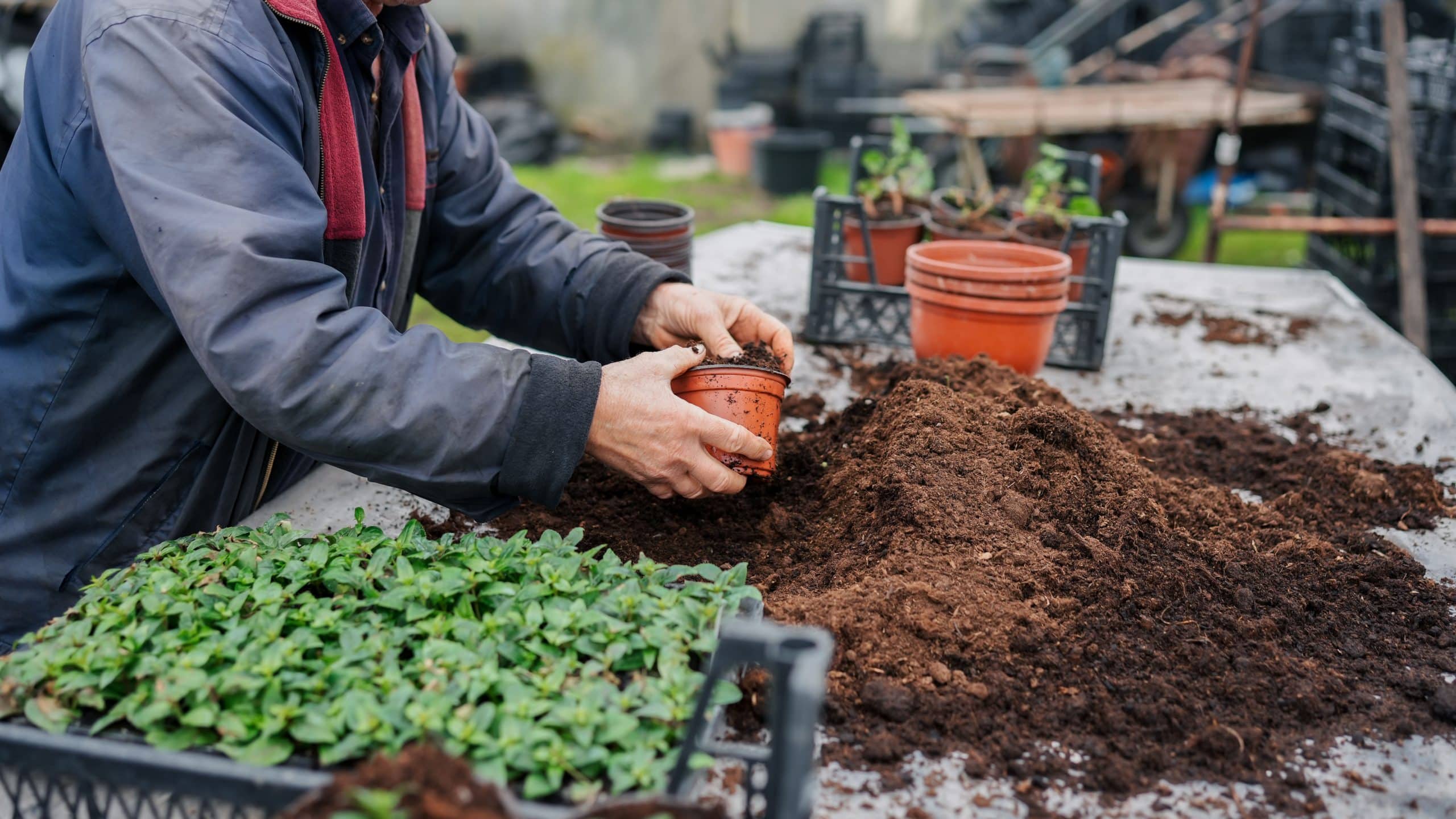
The Essential Needs of Plants for Growth and Survival
Picking the right plant food or fertilizer is like choosing the right shoes for dancing. But feeding ain’t the only thing plants need to flourish. There are other factors too;
Sunlight
Plants love the sun! But they’re not just sun tanning. They are working hard, using sunlight to process nutrients and produce energy. The green stuff on leaves is called chlorophyll, and it moonlights as an energy producer using sunlight.
Basically, it’s the DJ of the plant world, mixing sunlight with a dash of carbon dioxide, a sprinkle of minerals, to produce oxygen and some energy-rich organic compounds.
Oxygen
And the plants don’t stop there. Besides soaking up the sun, they work with oxygen too. Like how we folks can’t live without air, plants use oxygen in their roots for growth. It’s like the lungs of the plant, helping it breathe and grow.
This back and forth between plants and air is one of the most fabulous dances of nature. The plant takes in carbon dioxide, and voila, it gives us back the oxygen we breathe.
Water
Now, about water. It’s a drink most of us take for granted, right? However, when it comes to plants, believe me, it’s as critical as pants are to you on a chilly day.
Water is a medium for them, transporting essential nutrients from the soil to every inch of their system, like the plant equivalent of a delivery truck but without the honking. It’s also a key player in photosynthesis, that clever process where plants convert sunlight into a source of food.
So don’t skimp on the H2O, your plants need it.
Growing Medium
A proper growing medium to plants can be anything – soil, water, air, it’s the smorgasbord where plants find their buffet of essential nutrients. They take up what they need, slowly, much like how we chow down on Sunday dinner after church.
The dirt beneath plants or the water they sit in, for those trying the hydroponics thing, it’s their grocery store. They reach out with hairy feeder roots and sip the good stuff for plant development, aiding them in absorbing those all-important essential nutrients.
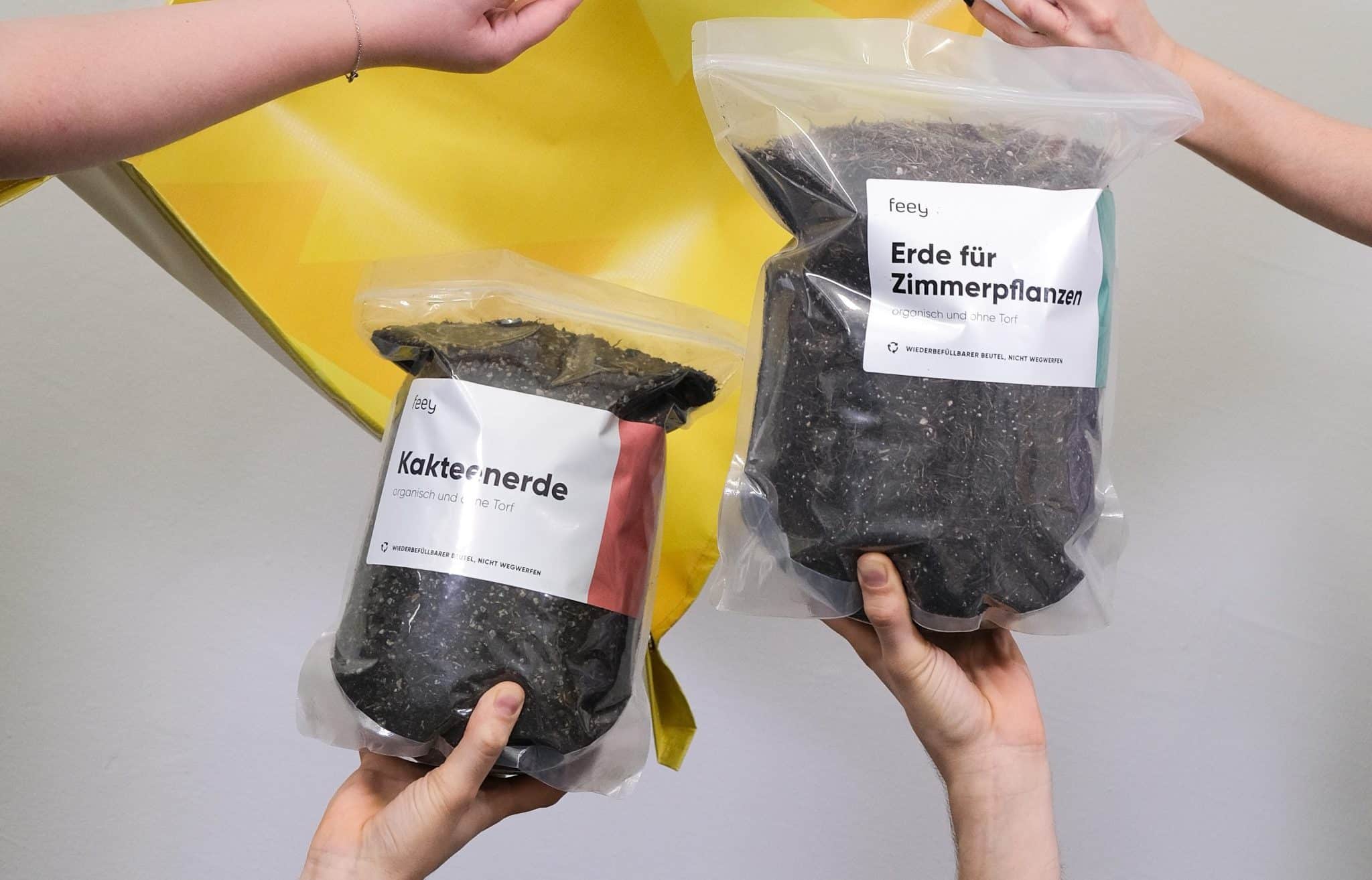
Plant Food vs Fertilizer
So, what’s the fuss about plant food and fertilizer? It’s rather like comparing a home-cooked meal with a fast-food snack. Both will fill your belly, but one’s definitely more wholesome than the other.
Commercial Availability
Let’s look at the commercial side of things. So, you can find fertilizer anytime and anywhere, like a late-night burger joint, packed with different options. They come in all shapes and sizes like granular, liquid fertilizers and even water-soluble ones, all great at helping your indoor and outdoor plants grow.
Plant food, on the other hand, doesn’t pop up as readily in stores or online as fertilizer, because the only one churning out that good stuff are the plants themselves.
Micronutrients and Macronutrients
Macronutrients are like your prime rib and mashed potatoes – that’s your nitrogen, phosphorus, and potassium – all satisfyingly filling. And micronutrients are like the gravy and sprigs of parsley on top – that’s your iron, zinc, and copper.
So, while plant food does a grand job of the ‘toppings’, it might need a little help with the ‘meat and potatoes’. In such case, a dash of fertilizer can give ’em the essential macronutrients, helping plants receive these nutrients to facilitate their foliage growth.
Soil pH
Now, let’s talk about ‘soil pH’. Your soil can either be acidic, neutral or alkaline. The soil’s pH determines what nutrients are available to the plants. A neutral pH of around 6 seems to suit most of the flora.
Anything higher or lower, plants tend to struggle; so control your soil’s pH levels and keep it suitable for healthy plant growth.
The application of fertilizer, particularly those that contain nitrogen, may tilt the scale, making the soil more acidic. Like adding vinegar to an eggshell, the acidity can rob the soil of essential nutrients.
Absorption Rate of Nutrients
When you’re choosing between plant food and fertilizer, you gotta consider how fast them plants can gobble up the nutrients. The slow and steady absorption of plant food allows plants to take in every bit of goodness, helping them to grow strong and steady over time.
On the flip-side, fertilizer is like a shot in the arm for plants. It gets absorbed pretty quick, giving your green buddies a sudden boost. But remember, not every situation calls for the speedster. And there are other things to think about too, like what kind of green thumb you’re growing and the quality of your dirt.
Plant Health and Growth
Keeping your plants healthy is just as important as keeping yourself healthy. Plants need the right nutrients, the right amount of light and water, and a perfect soil to grow in.
Both plant food and fertilizer can help your plants blossom, but they work in different ways. It’s like comparing apples and oranges.
Environmental Considerations
Now, every good gardener knows that we don’t just garden for ourselves – we’re caretakers of ole Mother Earth too. So, plant food vs fertilizer, what’s the score when it comes to environmental impact?
Well, plant food is all natural – it comes straight from nature and messes less with the environment. And it does double duty too, not just feeding plants, but giving us oxygen as well!
Contrarily, fertilizer is a bit like canned soup – sometimes necessary, but you gotta be careful. Overusing that stuff can cause harm to the soil and even the waterways if not used responsibly. Fertilizers have got a bunch of stuff in it, like phosphorus and nitrogen, and too much of those can be bad news, making the soil too acidic and upsetting the delicate balance of our ecosystems.
Choosing the Right Nutrient Source for Indoor Plants
Just like we all need different food, so do your indoor plants. Plant food or fertilizer, that truly depends on what you’re growing. Some plants might enjoy a slow, consistent munching of nutrients from the plant food, while others might need a quick pick-me-up from the fertilizer.
When to Use Plant Food?
Indoor plants generally take their sweet time to absorb all the nutrients, just like how I enjoy my Sunday roast. So plant food, with its slow absorption rate, is often a good choice for regular feeding. Your plants get to nibble away at the nutrients over a long stretch of time and grow nice and steady.
Now, you wouldn’t want to overfeed right? Your plants need some diet breaks to keep them in tip-top shape. It’s like your weekly cheat day.
When to Use Fertilizer?
Fertilizer is like the energy drink for plants. It’s a quick fix packed with essential nutrients to give your green fellas a sudden boost. When your plant seems to be struggling, a bit of fertilizer can work wonders. But be careful not to overdo it, alright?
Remember though, these synthetic fertilizers aren’t the soil’s best friend. Yeah, they provide the important nutrients your plants need, but too much of them might turn the soil sour. It’s like pouring a boatload of chemical nutrients, even useful ones, into the ground – you’ll get big, fast growth, but with potential downsides.
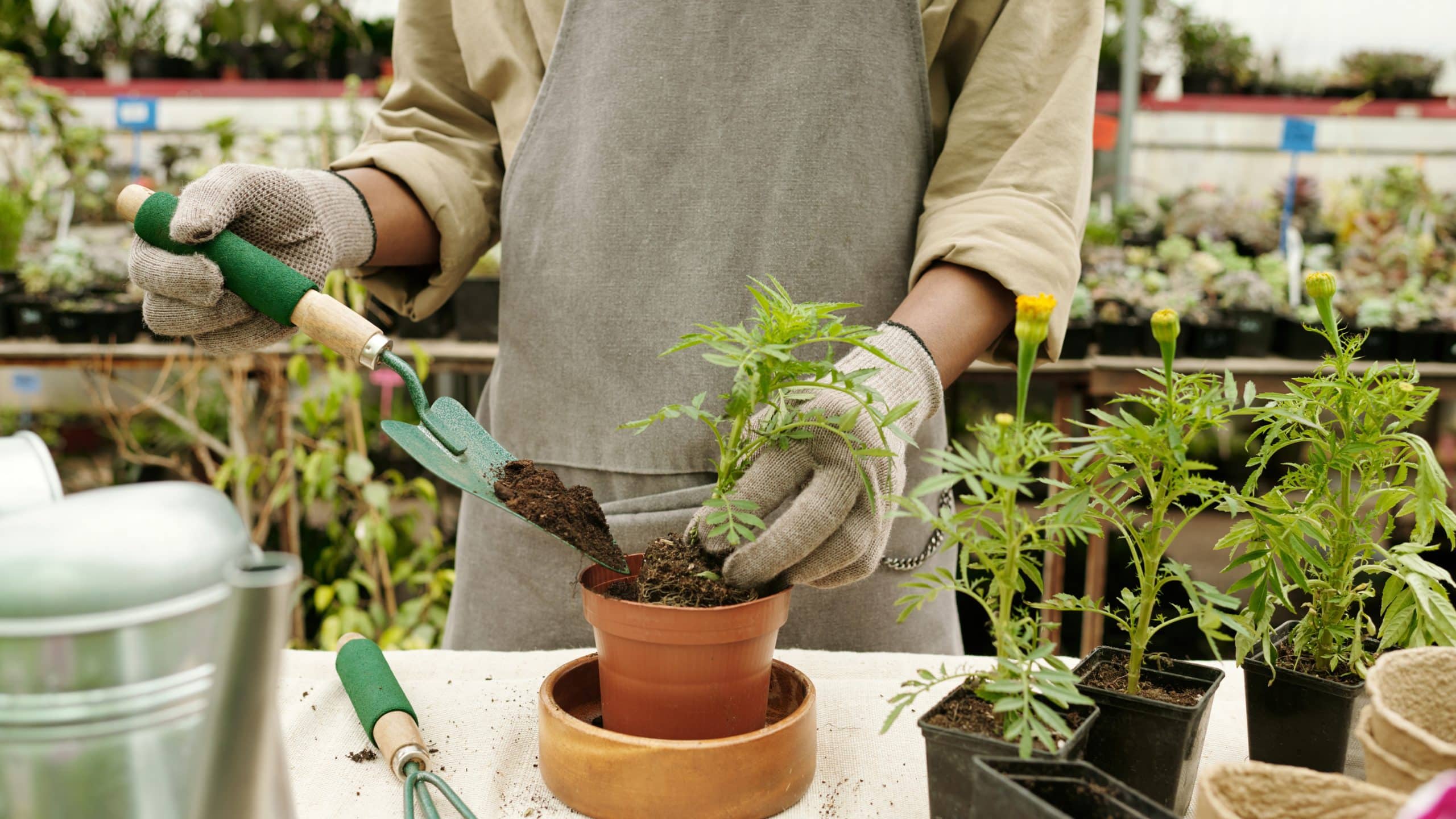
Picking the Best Plant Food for Your Indoor Plants
Now, my go-to plant chow is the Burpee Granular Plant Food. I’ve got a real soft spot for this stuff and let me tell you why. This plant food is loaded with all the minerals and nutrients indoor plants crave. It doesn’t play around with watered-down elements needed for plants, it delivers a big nutritional punch.
Plus, it’s gentle. This plant food won’t burn plants like harsh inorganic fertilizers sometimes do. So, if your soil’s lost its mojo or your fern’s looking fatigued, this might be worth a shot.
Selecting the Ideal Fertilizer for Your Indoor Plants
Fertilizer’s got a different makeup, and it might be what your indoor plants need if the soil’s singing the blues. Case in point, if your rhododendrons are revealing signs of nutritional deficiencies, then fertilizers are added to the soil to get it back on track.
If it’s fertilizers you’re after, then you’ve gotta know about Fox Farm Happy Frog All-Purpose Fertilizer. This heavyweight champ delivers the nutrients your ailing plant needs at lightning speed to restore balance and boost growth.
Plus, it doesn’t dish out burns left and right like some of those gnarly inorganic fertilizers do. It realigns, fixes, and promotes healthy growth for your beloved indoor plants.
Organic vs Synthetic Fertilizer
Alright folks, it’s time to get to know your fertilizers. On one hand, we got the earthy, crunchy, all-natural organic stuff that delivers a balanced fertilizer packed with the good stuff, all while keeping it natural. It’s kind of like having a salad with all the best veggies in it – full of flavor and full of life.
But here’s the rub: organic fertilizer doesn’t exactly pack the immediate punch that some plants might need. You see, it breaks down slowly over time, releasing nutrients at a snail’s pace.
On the other hand, we’ve got chemical fertilizers. I know ‘chemical’ sounds like a villain in an action movie, but don’t brush it off just yet. This type of fertilizer is like a powerhouse of nutrients, quick to fill your plants up with the good stuff. And thanks to the manufacturing process, these goodies are stuffed with nitrogen and phosphorus, which are like caffeine for your plants: they wake them up, and keep them going.
But here’s the kicker about chemical fertilizers, they’re like a fireworks show: they start with a bang but don’t last all that long. Plus, too much of a good thing can burn your plants. So, it’s best to take it slow, and check on them often.
Now folks, let’s chat a minute about the different forms of fertilizer.
First up, we got granular fertilizer. This is the slow and steady type. It breaks down over time, adjusting your soil’s ph gradually, helping plants grow healthy without an overwhelming slam of nutrients.
Then you got your liquid fertilizers. These guys are the sprinters in the fertilizer race. They give a quick nutrient boost to plants when they need it, versus a marathon of slow release from granular types.
Frequently Asked Questions
1. Which is better, plant food or fertilizer?
Well, it really depends on what your indoor plants need. Plant food maintains your soil and keeps the health of your plants steady, whereas fertilizer directly provides exact nutrients. You may feel drawn to slow-release fertilizers, like N-P-K 10-10-10 or 20-20-20. The numbers indicate the percentage of each nutrient in the fertilizer.
If your plants gotta sweet tooth and need an immediate nutrient boost, then fertilizers make sense. For a more balanced diet, plant food is your go-to-option, reducing the risk of nutrient loss.
2. Can you overuse plant food?
Too much plant food can harm your plants, causing a nutrient overload and hurting their growth. More is not always better. The results can be yellowing or wilting leaves, slow growth, and maybe even the untimely demise of the plant.
Conclusion
Alright, first off, forget that old smack that plant food and fertilizer are the same. When it comes to taking care of your plants, you need to know what you’re doing!
Plant food, as you might have guessed, is that home-cooked meal made by nature herself. Through a fantastic process known as photosynthesis, those leaves cook up food for our green friends.
Then we have fertilizer. Straight from the store shelf, chock-full of the right stuff for your plants that grow as if they found a pot of gold under the rainbow.
Now, as far as green options go, there’s no shortage of organic alternatives that will ensure your plants grow healthily while reducing the environmental footprint.

I’m John, a “seasoned citizen” and an avid gardener. I live in Minnesota, where our weather and growing conditions can be harsh and challenging. Over the years, I have learned a thing or two about being successful in growing things. I have curated these tips, which I think are helpful for the beginning gardener and the seasoned experts. If you have feedback, let me know in the contact form.
